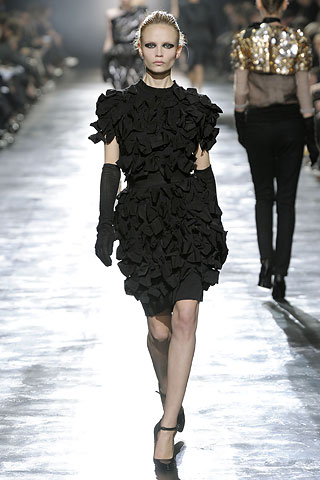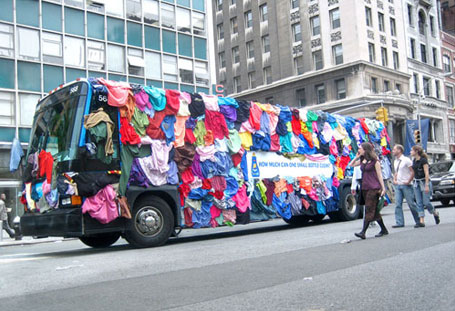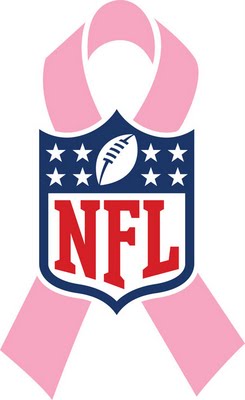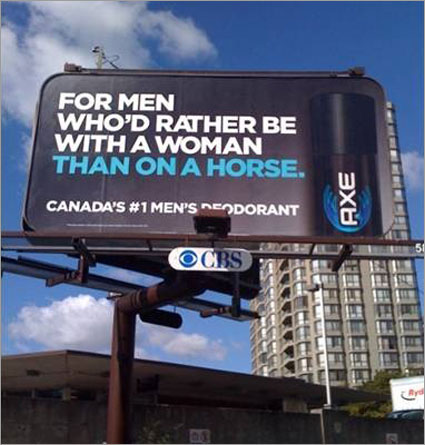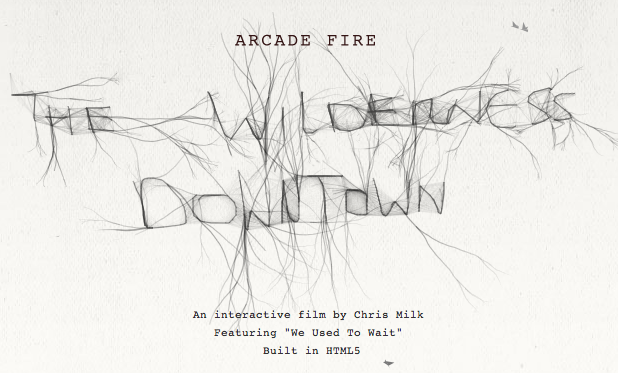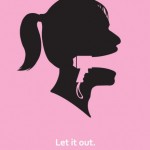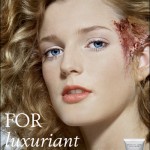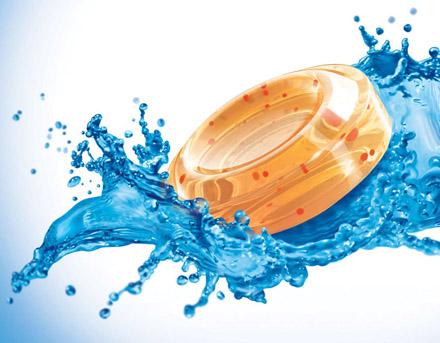
I am all too familiar with the encroaching wave of utter exhaustion that overtakes you during the trek home after school. One day, my haggard self was on the way to catch yet another bus transfer when I spotted a huge billboard at the bus loop in Lonsdale Quay. It was a bright blue ad for Halls Refresh, a product that promises to rescue me from my three o’clock slump. I was temporarily snapped out of my lethargic state, and I’m positive I wasn’t the only one: the choice to display the advertisement at a major hub where weary citizens–Halls Refresh’s target market–cross paths everyday was no coincidence.
The cough drop is currently in the mature stage of the product life cycle. There are many competitors and substitutes, and sales and demand have reached their peak and are beginning to level off. How can market share be increased for a company in this position? Halls’ answer was to find a new use for its existing product.
In my experience, Halls cough drops have been kind of regarded as candies for quite some time (if I recall correctly, Halls has been placed by the cashiers alongside other candy and chewing gum in grocery and convenience stores for as long as I can remember), but the product was just never explicitly marketed as such. Just as a classmate mentioned, the repositioning of Halls aims to capture a whole new segment of consumers who like to use cough drops in the absence of a sore throat.

While this strategy has the potential to be highly successful, Halls Refresh’s bold repositioning statement of “It’s not a cough drop” worries me slightly. Halls, practically a genericized trademark much like Coke and Kleenex, has been inextricably linked to cough drops–and rightfully so, as it’s what the brand is originally known for. So by declaring that Halls isn’t a cough drop any longer, conflicting signals are sent, which results in a discrepancy between this new image of Halls and what the Halls name has always stood for. I am sure the folks at Halls had already anticipated this concern. By following through with Halls Refresh anyway, the company braved possible risks and costs, demonstrating faith in the strength of the Halls brand.


